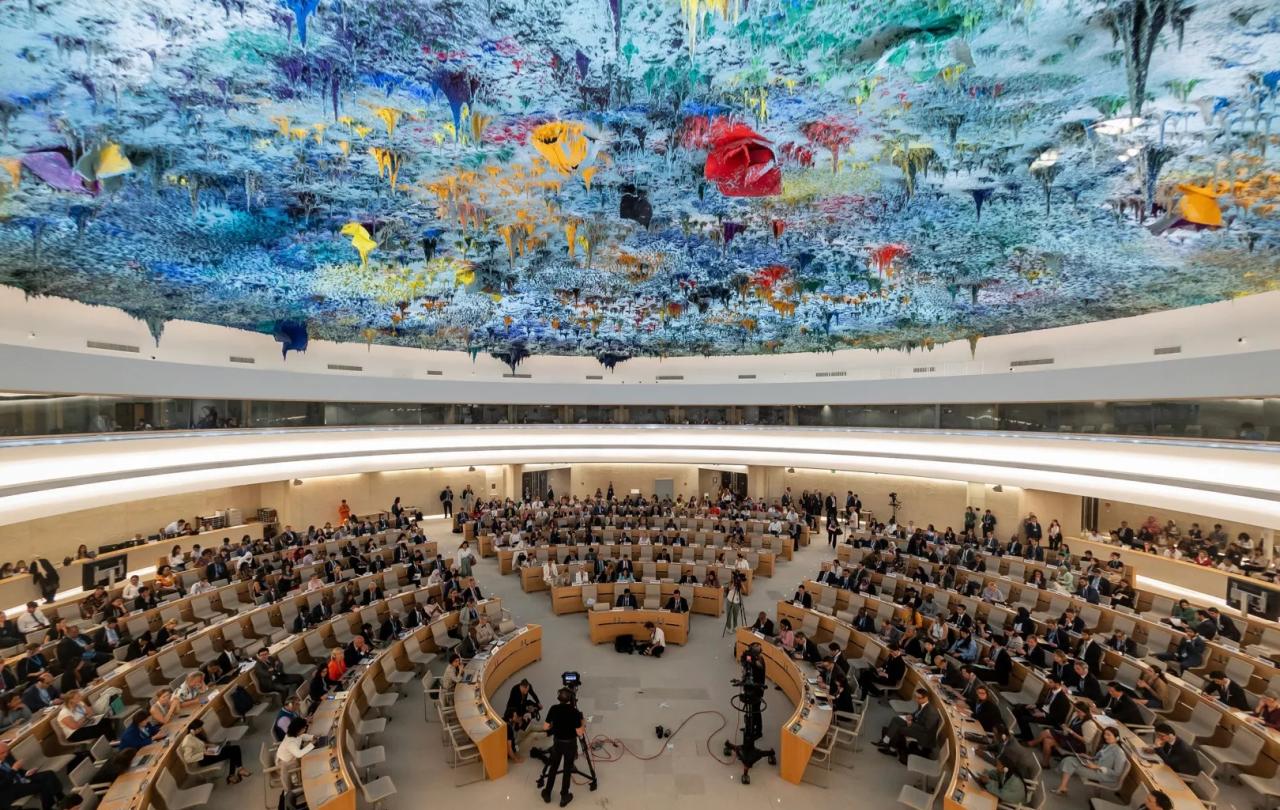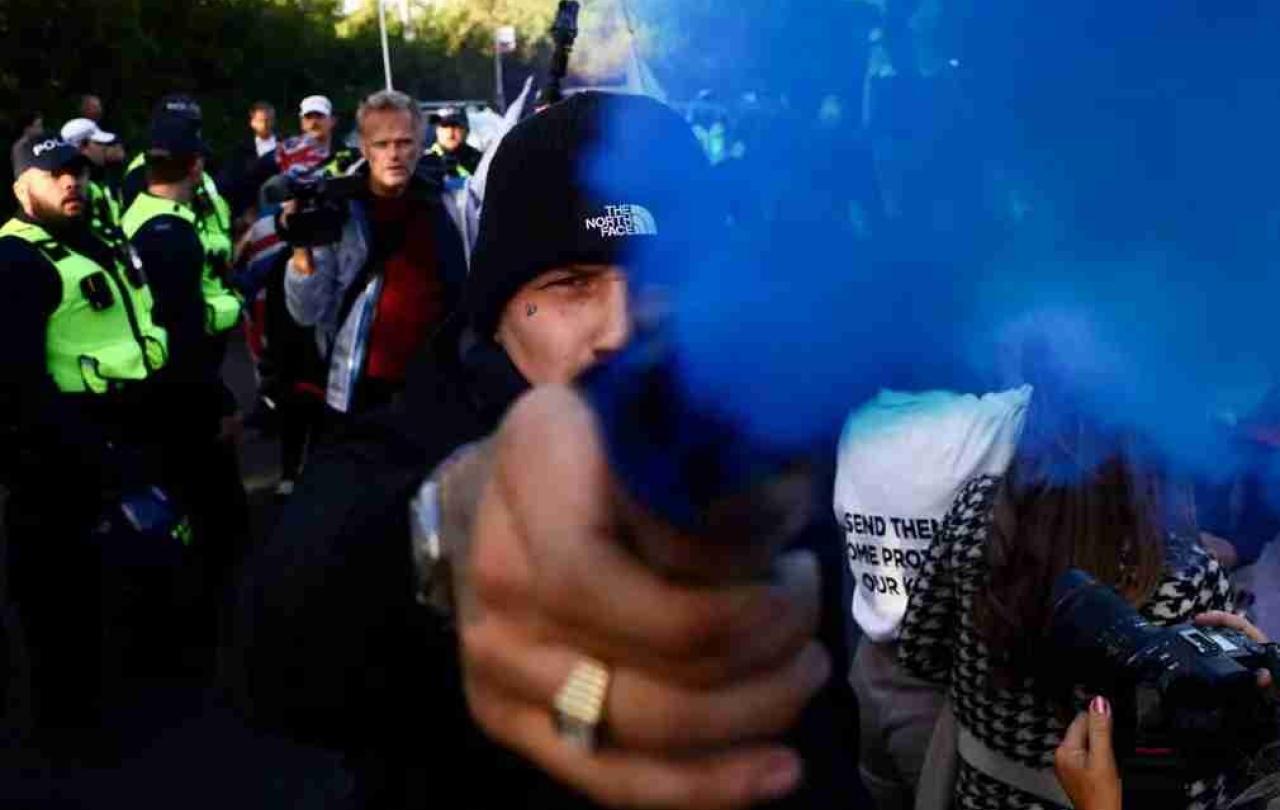
Pope Francis hosted a delegation from the Islamic Republic of Iran late last year for an event purportedly related to “interfaith dialogue”.
It wasn’t the first meeting of its kind, and on the face of it at least, there isn’t a lot wrong with the idea. While Iran’s relationship with most Western nations could be described as “strained” at best, the Holy See has taken a different approach, maintaining diplomatic relations with Iran for the past 70 years, including the 45 years since the establishment of the Islamic Republic.
And it has borne some fruit, helping to secure the release of a few prisoners of conscience, such as Rev Mehdi Dibaj, a Christian convert who once faced the death sentence for his “apostasy”.
But it has also opened up the Church to accusations of kowtowing to dictators and enabling regimes such as the ayatollahs’ to present themselves in a more favourable light through the high-profile photo opportunities presented by events such as the recent “dialogue” in Rome.
And it is an opportunity you can be sure the Islamic Republic was not going to pass up, with its state media unsurprisingly happy to misquote the Pope by claiming he had “stressed how Christian minorities in Iran are allowed to freely meet together and worship in churches across the country, without restriction”.
In actual fact, what the Pope really said was that “freedom of religion [is not] limited to the expression of worship; it also entails complete freedom in the matter of one’s own beliefs and religious practice”.
So, slightly different. But, no matter, you can be sure that the vast majority of the over 90,000 viewers of Press TV’s account of the event won’t have been bothered to check the accuracy of the claim, and therefore may reasonably have gone away believing that Christians truly are entirely free to worship in Iran.
Another organisation representing Christians, The World Evangelical Alliance (WEA), faced similar criticism last year when it accepted the invitation to take part in a Human Rights Council event organised by the Islamic Republic of Iran, under the deliberately misleading title, “The Role of Religions in Promoting Human Rights”.
The WEA was accused of “legitimising” Iran and even “seeming to support its propaganda as a purported defender of human rights”.
Iran will send another delegation to the Human Rights Council next week for its Universal Periodic Review (UPR), an occasion that has the potential, at least, to be quite significant, being the only UN mechanism with which the regime truly engages.
Unlike the mandates of fact-finding mission and Special Rapporteur on human rights in Iran, which Iran and its allies regularly decry as “politicised” and “selective”, the UPR is lauded even by Iran as the true and proper place for constructive criticism, as every single country undergoes the review - not only pariahs.
Several side events will be put on in conjunction with Iran’s UPR, on various themes including the situation of Iran’s Christian minority. But while the WEA last year hosted a similar event on the margins of the Human Rights Council, on this occasion it has declined the opportunity, preferring the path of “quiet diplomacy” and “dialogue” over public criticism.
Which, again, at least on the face of it, seems reasonable enough. As has been seen with the Vatican, such an approach can undoubtedly bear fruit. But it is not guaranteed.
On the other side of the debate, you have the human rights organisations who publicly call out Iran for each violation, highlighting individual cases with the hope of embarrassing Iran into change. For as much as Iran is a pariah, it still attaches some importance to its reputation on the world stage.
And again, such an approach has at times proved successful, as was seen in September with the early release from prison of two Iranian Christians who had been serving 10-year sentences due to their participation in house-churches, and whose cases had been included in a joint submission ahead of Iran's UPR.
But even this approach is not without its pitfalls. While there may be relief from accusations of kowtowing to dictators, there is also the distinct possibility that the pariah state in question may just stick its fingers in its ears and do what it wants anyway, such as in October when the Islamic Republic executed a German-Iranian political prisoner, Jamshid Sharmahd, despite years of vocal advocacy.
Advocacy certainly isn’t an exact science, at least when the experiment in question involves an unpredictable regime like the one in Tehran. Both quiet diplomacy and noisy advocacy can clearly work, but in neither case can it be guaranteed when the individual tasked with selecting their response to the advocacy is the Supreme Leader of Iran.
Surely the only way to ensure real change would be to make it too costly for the dictators to deal with their persecuted minorities in such a brutal fashion.
Western nations have a similar quandary to religious or human rights organisations. To what degree, if any, should Western governments prioritise human rights concerns over economic or political gains?
It has been suggested many times that Western nations are more concerned with oil or gas supplies, or other economic incentives, than truly seeking justice for victims of rights abuses.
When, for example, Keir Starmer speaks of wanting to have a “respectful” relationship with China, while engaging “honestly and frankly” on human rights concerns, what does that actually mean in practice?
The reality is that a behind-closed-doors discussion about a human rights infringement is unlikely to hold much sway if the violator does not share the belief that any violation has been committed, or even believes the victim to have been deserving of the treatment they received.
Whether it’s China’s targeting of the Uyghurs, or Iran’s crackdown on the Baha’is or Christian converts, one can be fairly certain that neither the Chinese nor Iranian regime feels the slightest remorse about its chosen approach.
Perhaps little could demonstrate this more than the mistreatment that continued to be handed out to Rev Mehdi Dibaj after the advocacy win of his release from prison. Just five months later, he was murdered anyway, one of three church leaders killed extrajudicially in the months after his release had been secured, including Rev Dibaj’s friend and chief advocate, Haik Hovsepian.
So is it really realistic to expect that just because we say we are concerned about the Uyghurs, the Baha’is, or the Christians, there will be any change in approach?
Surely the only way to ensure real change would be to make it too costly for the dictators to deal with their persecuted minorities in such a brutal fashion.
As ever, actions really do speak louder than words. And this is why many Iranians are hopeful that with the return of the much-maligned Donald Trump, the “maximum pressure” policy towards the Islamic Republic will also return and, through it, real change may actually be achieved.
There are many reasons, of course, to find fault with the incoming president, but when it comes to dealing with the dictators, at least, it could be argued that Trump has shown himself to have more common sense than most. The hope, as with the other approaches, is that it actually makes a tangible difference.
Join with us - Behind the Seen
Seen & Unseen is free for everyone and is made possible through the generosity of our amazing community of supporters.
If you’re enjoying Seen & Unseen, would you consider making a gift towards our work?
Alongside other benefits (book discounts etc.), you’ll receive an extra fortnightly email from me sharing what I’m reading and my reflections on the ideas that are shaping our times.
Graham Tomlin
Editor-in-Chief





